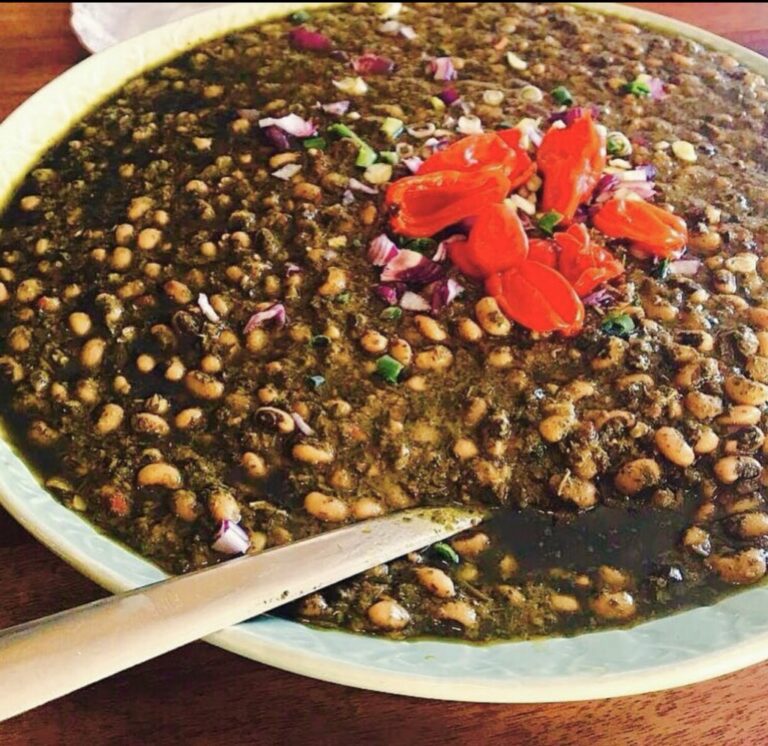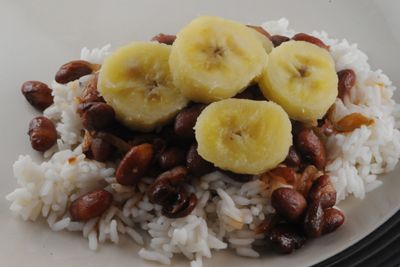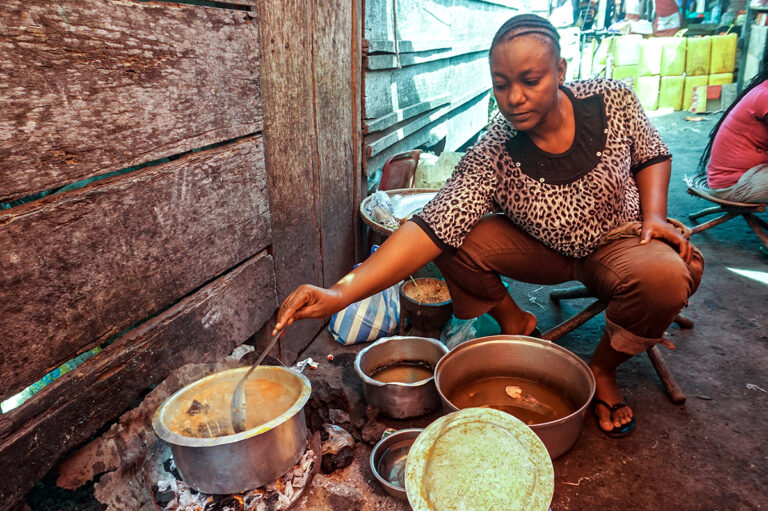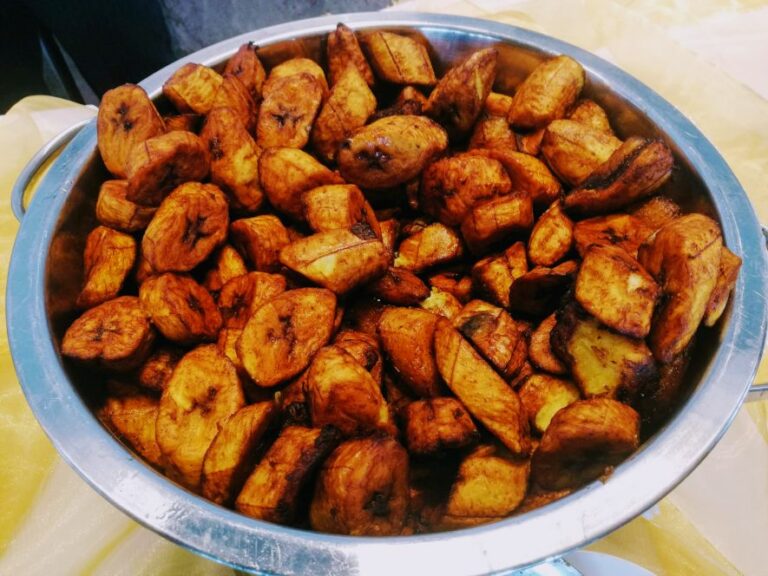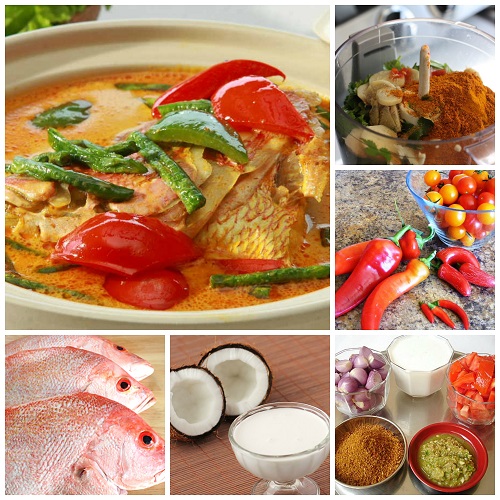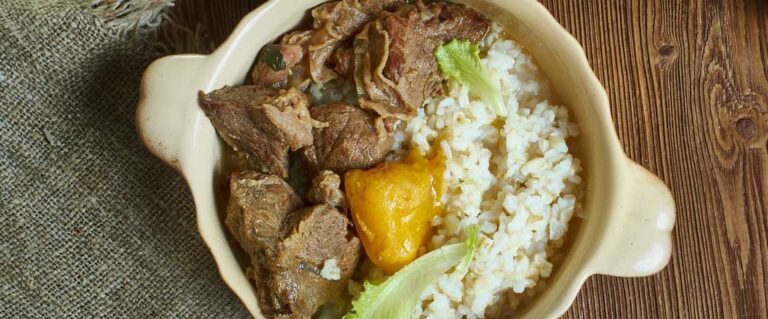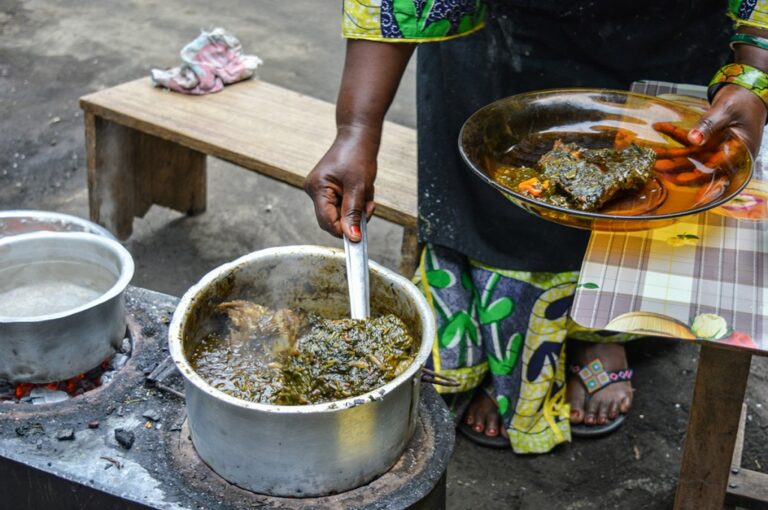Introduction: Congolese Cuisine’s Influence on Beverages
The Democratic Republic of Congo (DRC) has a diverse culinary culture, influenced by the Congo River and neighboring countries. Congolese cuisine is known for its spicy and flavorful dishes, but it also offers unique beverages that reflect the country’s rich cultural heritage. Beverages play an important role in Congolese cuisine, from traditional palm wine to herbal teas and fermented drinks. These beverages are not only refreshing, but they also have medicinal properties and are often served during special occasions.
Palm Wine: A Traditional Congolese Beverage
Palm wine is a popular traditional beverage in Congo, made from the sap of palm trees. The sap is collected by climbing the tree and making incisions in the trunk, which allow the sap to flow into a container. The sap is then left to ferment for a few hours, resulting in a mildly alcoholic drink with a sweet taste. Palm wine is often served at celebrations and is believed to have medicinal properties, such as being a digestive aid and a tonic for the immune system.
Matété: A Leaf-Based Herbal Tea
Matété is a herbal tea made from the leaves of the cassava plant, which is a staple crop in Congo. The leaves are dried and boiled in water, resulting in a slightly bitter and earthy-tasting tea. Matété is believed to have medicinal properties, such as being a diuretic and a remedy for high blood pressure. It is also served as a refreshing drink during hot weather.
Makusu: A Fermented Corn Drink
Makusu is a traditional fermented drink made from corn. The corn is soaked in water for a few days until it starts to sprout, then it is ground into a paste and mixed with water. The mixture is then left to ferment for a few days, resulting in a slightly sour and alcoholic drink. Makusu is often served at celebrations and is believed to have medicinal properties, such as being a digestive aid and a remedy for anemia.
Tamba: A Sweetened Hibiscus Iced Tea
Tamba is a refreshing iced tea made from hibiscus flowers. The flowers are boiled in water, then sweetened with sugar and served over ice. Tamba is a popular drink in Congo, especially during hot weather. It is also believed to have medicinal properties, such as being a remedy for high blood pressure and a diuretic.
Munkoyo: A Fermented Cassava Drink
Munkoyo is a fermented drink made from cassava, which is a staple crop in Congo. The cassava is soaked in water and left to ferment for a few days, resulting in a slightly sour and refreshing drink. Munkoyo is often served as a traditional beverage during special occasions and is believed to have medicinal properties, such as being a digestive aid and a remedy for diarrhea.
Bissap: A Spiced Hibiscus Tea
Bissap is a spiced hibiscus tea made with ginger, cloves, and cinnamon. The hibiscus flowers are boiled in water with the spices, then sweetened with sugar. Bissap is a popular drink in Congo and is often served at celebrations. It is also believed to have medicinal properties, such as being a remedy for high blood pressure and a diuretic.
Conclusion: Unique Beverages in Congolese Cuisine
Congolese cuisine offers a variety of unique and flavorful beverages that reflect the country’s cultural heritage. From traditional palm wine to herbal teas and fermented drinks, these beverages not only quench thirst but also have medicinal properties. They are often served during special occasions and are an integral part of Congolese culinary culture. Visitors to Congo can try these beverages to experience the country’s rich culinary heritage.

